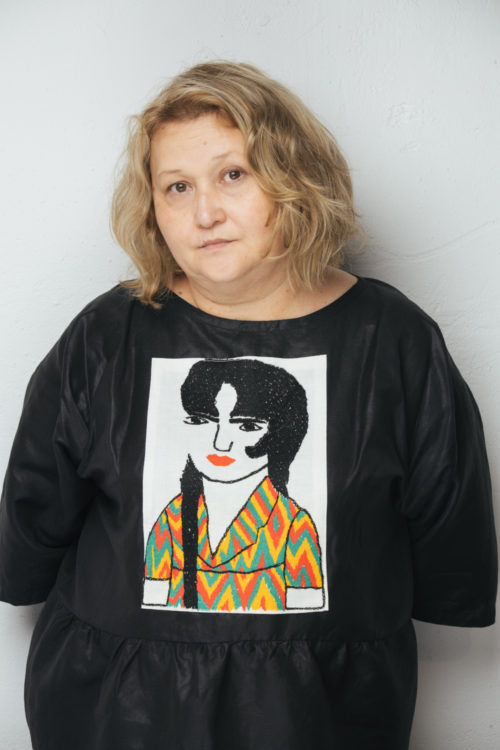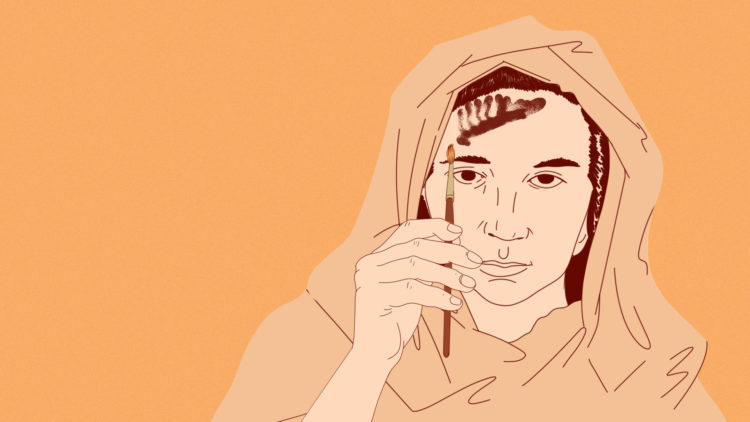Browse by Themes
The importance of women artists in late 19th and early 20th-century Russia was only recognised by art historians at a much later date. And yet this era of intense political and stylistic emulation was highly instrumental in the integration of women in artistic circles. For example, the renewed success of applied arts and industrial techniques enabled several of them to venture into new fields, as is the case with Anna Ostroumova-Lebedeva (1871-1955) and her work on engraving or with Varvara Stepanova (1894-1958) and textile design.
The concentration of major cultural institutions in Saint Petersburg and Moscow, such as the Hermitage Museum and Russian Ballet for the former and the Pushkin Museum for the latter, made these two cities the most fertile ground for a favourable evolution of the arts. Several women artists who were active in these two cities took an avid interest in the aesthetic reflections of the time and became pillars of the constructivist and suprematist movements, such as Olga Vladimirovna Rozanova (1886-1918), whose abstract compositions had her teacher Kazimir Malevich (1879-1935) state that she was the most talented of his students, and Natalia Goncharova (1881-1962), who is now considered one of the most important artists of the Russian avant-gardes. These women artists are now being given the prominence they deserve, and further knowledge of their work has helped us better understand the full scope of their contribution to the history of their country’s art.
1864 — 1927 | Russia

Anna Goloubkina
1871 — 1955 | Russie
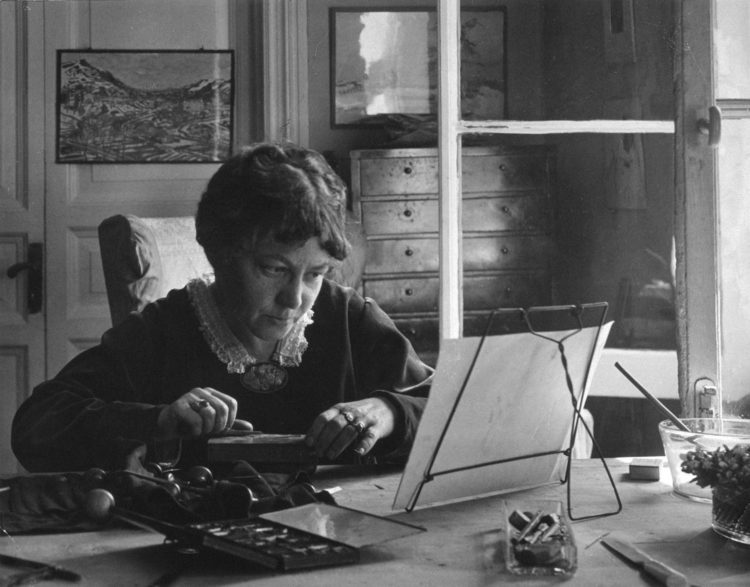
Anna Ostroumova Lebedeva
1881 — Russia | 1962 — France
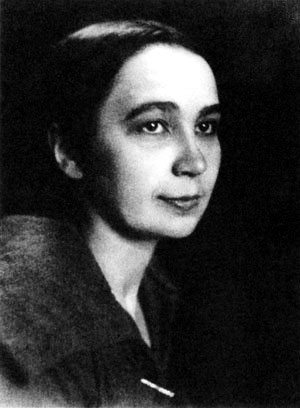
Natalia Gontcharova
1894 — Lithuania | 1958 — Russia
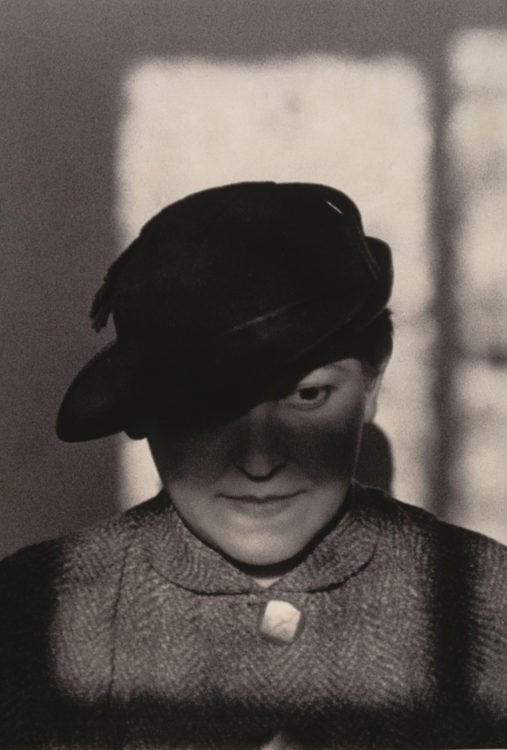
Varvara Stepanova
1886 — 1952 | Russia

Véra Pestel
1886 — 1961 | Russia
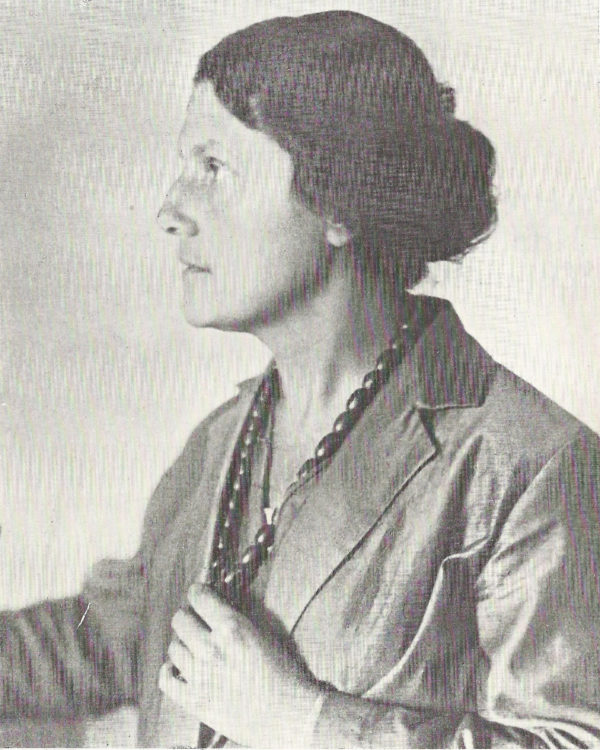
Nadejda Oudaltsova
1892 — 1966 | Russia
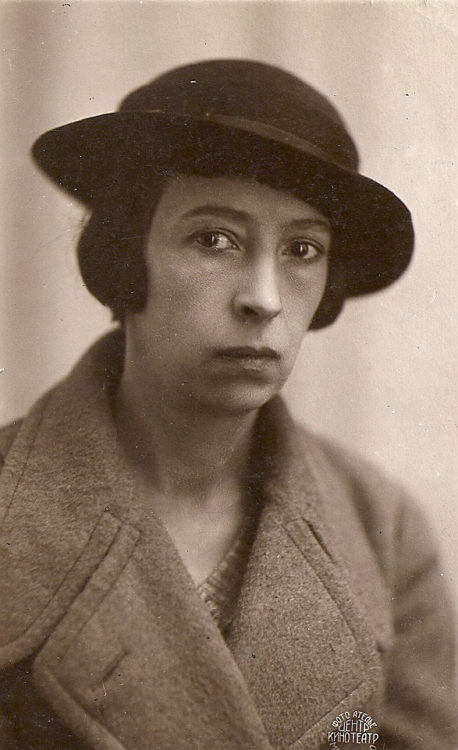
Antonina Sofronova
1889 — 1924 | Russia
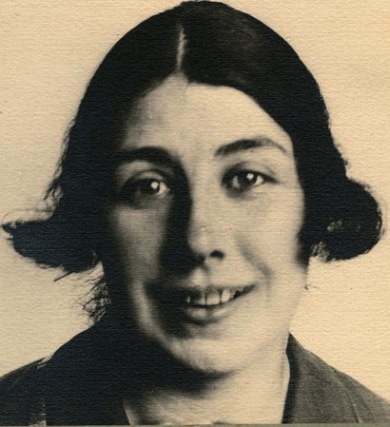
Lioubov Popova
1886 — 1918 | Russia

Olga Rozanova
1882 — Poland | 1949 — France
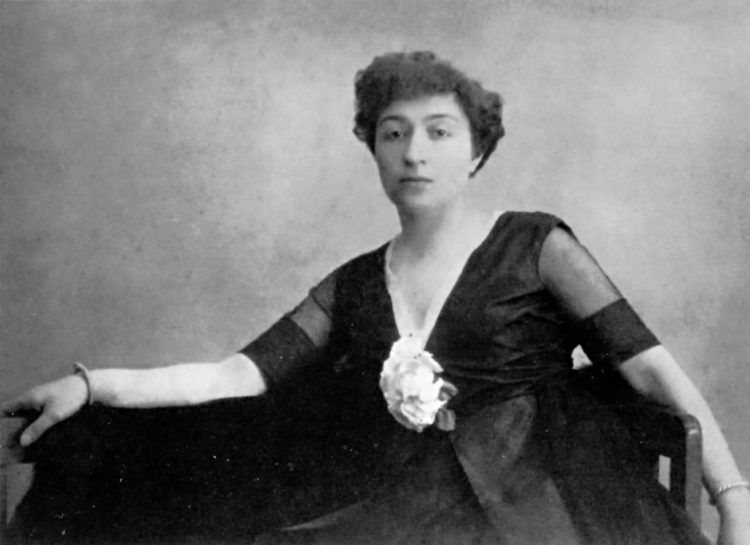
Alexandra Exter
1889 — Latvia | 1953 — Russia

Vera Moukhina
1962 | Russia

Olga Chernysheva
1875 — 1961 | Bulgaria
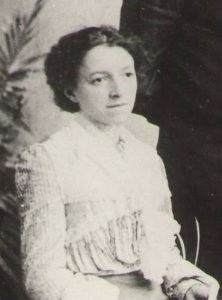
Elena Karamihaylova
1913 — 1991 | Hungary

Margit Anna
1904 — Belarus | 1982 — France
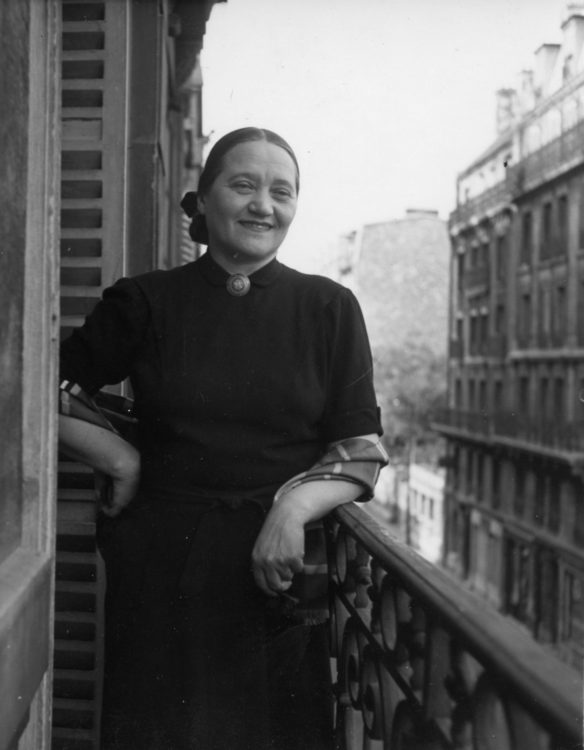
Nadia Khodossiévitch-Léger
1898 — Russia | 1951 — Poland

Katarzyna Kobro
1892 — Russia | 1984 — United Kingdom
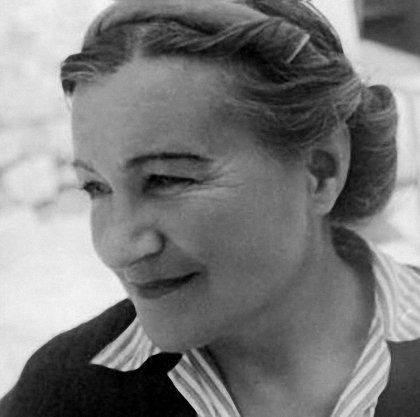
Marevna
1877 — Russia | 1913 — Finland

Elena Gouro
1893 — Russia | 1937 — Kazakhstan

Vera Ermolaeva
1967 | Uzbekistan
